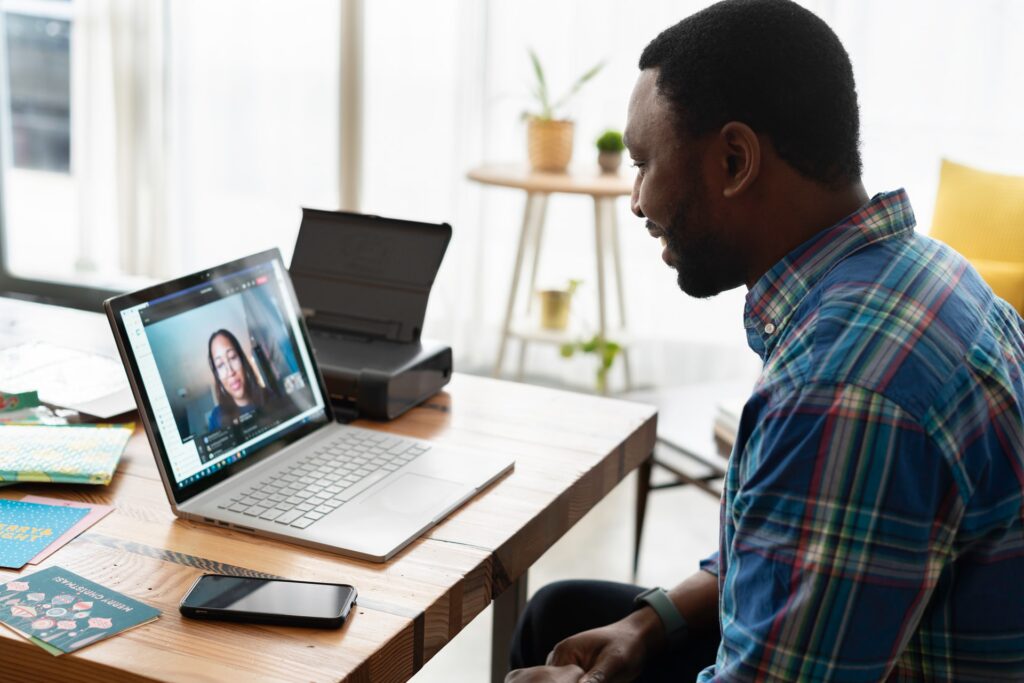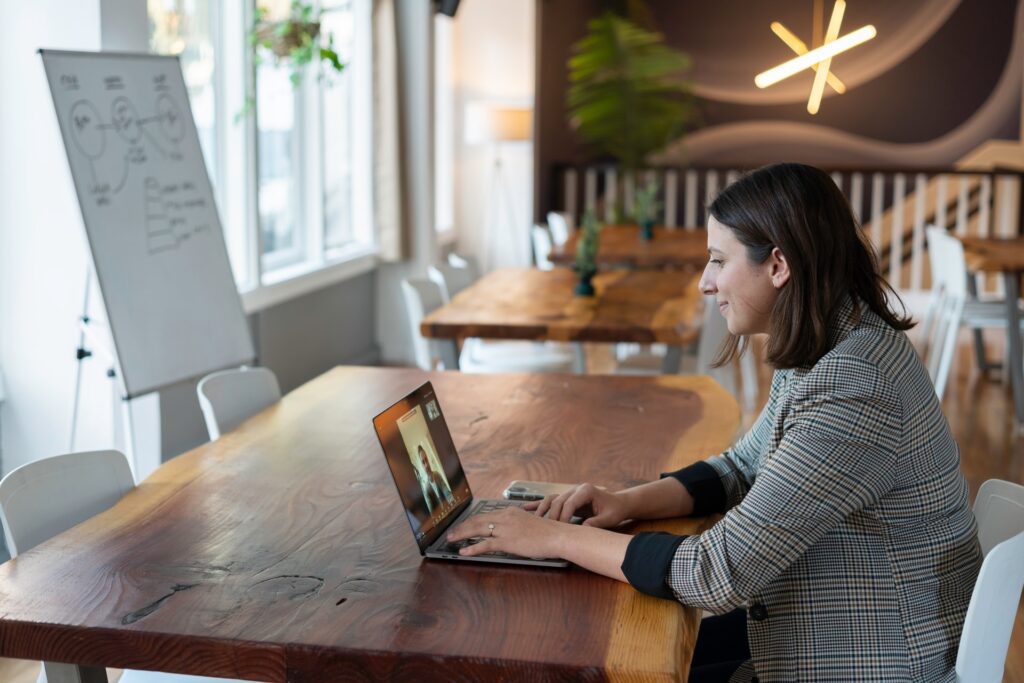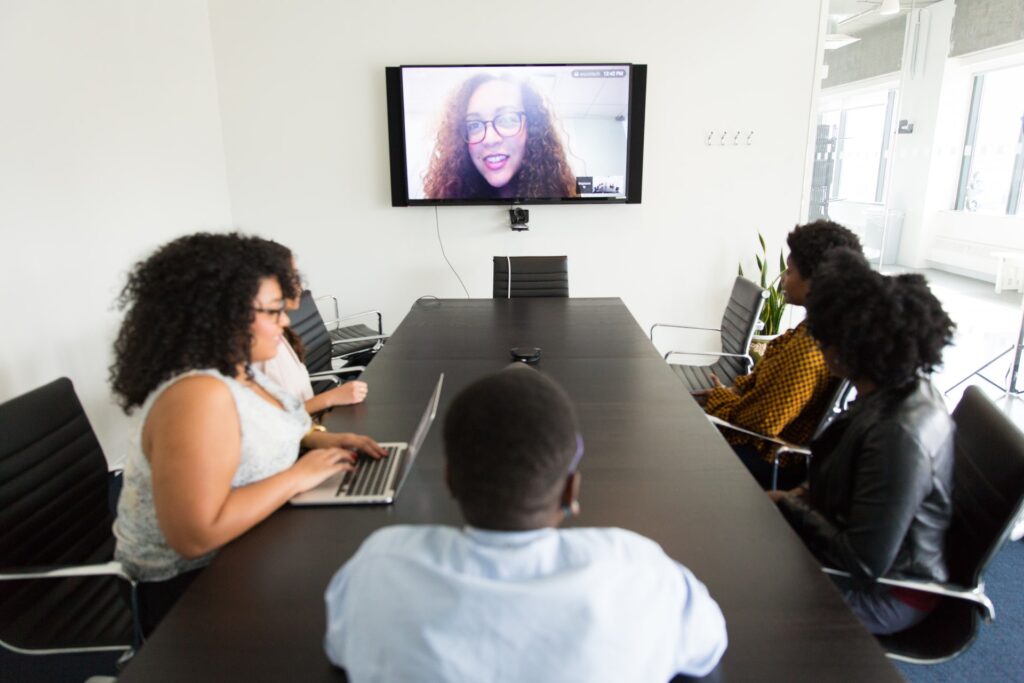
Virtual events and meetings have been on the rise since the start of the pandemic. And according to Vimeo, these virtual and hybrid events are here to stay. But even though we’ve adjusted professionally to a virtual way of life, that doesn’t mean we’re adapting to it mentally. With the rise of virtual meetings and events also came a new phenomenon called Zoom fatigue.
Zoom fatigue is a new term, created to describe the mental burnout from our new, virtual way of living and working. And it means that event planners have to come up with better, more engaging ways to conduct virtual events and meetings so attendees are happier and more involved. But don’t worry—there are plenty of ways to combat zoom fatigue at your next meeting or event.
What Is Zoom Fatigue?
Zoom fatigue, also called virtual fatigue, is a burned-out, exhausted feeling after a video call—or a day of video calls. Symptoms include frustration towards coworkers, inability to concentrate on calls, and tension, pain, or anxiety. Recent studies suggest that this fatigue affects women more than men, particularly because women spend more time on Zoom meetings and take less time in between meetings. You may notice it in your attendees when they regularly reschedule virtual meetings, always have their cameras off, or don’t engage in group discussions or presentations.
What Causes Zoom Fatigue?

Zoom fatigue is caused by a few things. First, up-close eye contact is an intense experience for our brains. Typically, that type of interaction leads either to conflict or to mating. Of course, neither of that happens on your Zoom call! But our brain is still perpetually in an alerted state during those calls, which is draining. Second, seeing yourself in the mirror all the time is stressful. You get to see every movement and reaction, and that is distracting and, in turn, exhausting.
Third, mobility is almost nonexistent in a virtual call, and movement is key to focus and performance. On a phone call or in-person meeting, you can walk around, stand, or move around your chair. But in a video call, that all feels disruptive, so you don’t move and may have a harder time focusing.
Fourth and final, it’s harder to receive nonverbal cues in a video call. Nonverbal cues are an important part of our interactions, and on video calls, they have to be exaggerated, which takes more energy to both interpret and execute.
How Do Meeting and Event Planners Avoid Zoom Fatigue?

Understanding what causes Zoom fatigue is a key part of avoiding it. There are plenty of ways to make your online events and meetings less draining for attendees, but here are five simple methods to get you started.
1. Make it interactive
Connecting with your attendees is a great way to make meetings more enjoyable and less fatiguing. You can ask questions and have attendees answer out loud—and you can even let them ask questions that you answer out loud. On some online platforms, you can create polls and other games that attendees can participate in live on the call. And you can even add music and graphics to complement whatever the speaker is saying.
2. Take frequent breaks
Your attendees should be able to leave to use the restroom or get more water whenever they need to. In addition to that, however, your agenda should always include breaks, and you should communicate those breaks to your attendees.
For every 60-90 minutes on your agenda, you should include one or two 15-minute breaks. Full-day agendas should follow that rule and also include a 30- to 60-minute break for lunch and/or dinner, depending on the time of the event. This gives your attendees a chance to move around, get a cup of coffee or snack, go outside, and even answer emails. These physical breaks will also help their brains take a break, so they’ll return to the next session a little more refreshed.
3. Don’t overbook the calendar

Zoom fatigue is caused in part by the amount of time spent on video calls. Keeping meetings as short as possible with a clear agenda will help reduce the amount of time spent on each call. Let attendees know the agenda ahead of time, and don’t add in more time than what’s needed.
In addition, do your best to avoid booking back-to-back meetings—on both your own calendar and attendees’ calendars. Ideally, attendees should have a few minutes before and after calls to decompress, go for a walk, or refill their water bottle. But if it’s not possible for every attendee, at least make sure one end of the meeting is free. And if that still isn’t possible, maybe a different day would be best.
4. Skip the video
Because being on camera makes us feel like we’re performing, skipping the camera part of the meeting can help ease some of that fatigue. Of course, there will be times when a video call is necessary. Maybe you’re introducing a new team member or everyone has a presentation to give. But there are also times when a video call isn’t necessary, and audio will do just fine. You can even have portions of your event that are camera-free and others that require a live feed. This will give attendees a break while giving them a chance to engage more personally face-to-face.
5. Do it just for fun

Not every virtual event or meeting has to be business-oriented. Sometimes, you can host a morning stretching session or an afternoon dance party. Adding fun virtual events to the calendar will give your attendees something to look forward to, easing the dread of so many virtual calls.
You can even combine these tactics: On your next business meeting, poll your attendees for input on your next just-for-fun meeting. That way, you’ll get them to engage differently, reducing Zoom fatigue, while also putting something fun on their calendar.
Conclusion
Zoom fatigue is a natural response to an increase in virtual calls, events, and meetings. As remote work is here to stay, this fatigue may not be completely unavoidable. But there are ways that you can adapt virtual meetings so your attendees get less fatigued by the end of the day.
Have you been experiencing Zoom fatigue? How do you protect your energy during the day?

